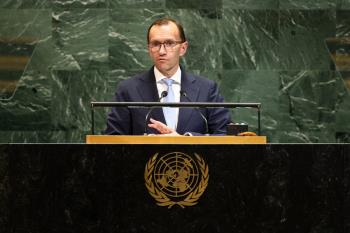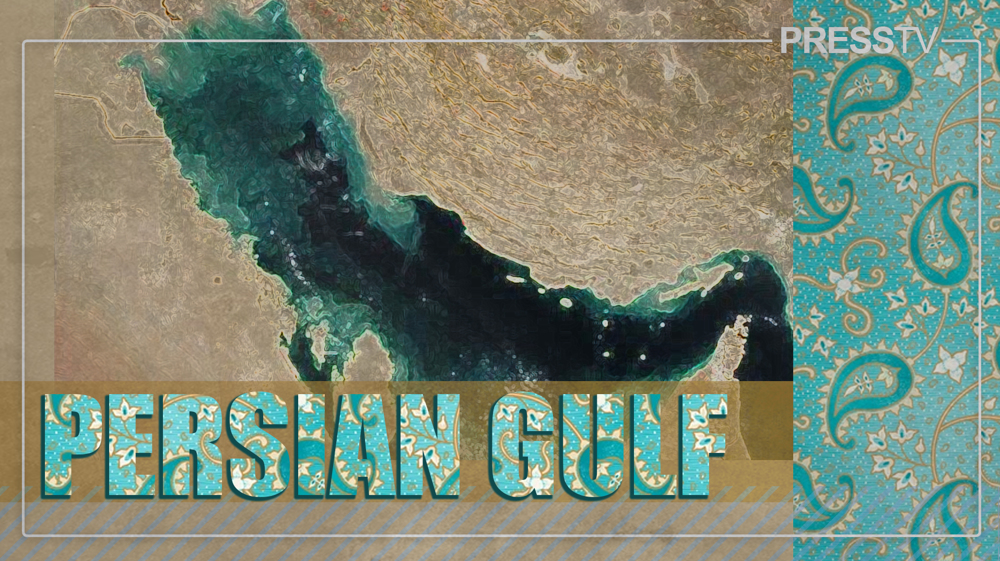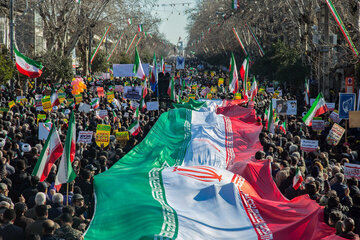Alwaght- Over the past few years, we have frequently heard news about specifying a date for a referendum, or requests of different groups and parties for gaining independence in different parts of the Europe. There have also been some opinion polls in different polling centers which foreshadowed the escalation of secessionist approaches in the newly united European continent.
The phenomenon of separatism, followed by secession and changes in the borders, or integration of political units has always been common in Europe and has led to devastating wars. Nevertheless, it was the World War II that suppressed all the violent potentials of Europe in its internal borders and brought stability for European borders and governments of the European states. However, those sentiments died down until after World War II and was transferred to the next generation. With the formation of the European Union, and the common currency and the creation of structures such as the Eurozone and the Schengen Area, the secessionist thoughts were about to fade away from the memories of the European people. Needless to say that with the onset of the global financial crisis in 2008 and the growth of socialist and right-wing extremist parties, the separatist centers which are reported to include nearly twenty points of the Green Continent, were changed and now half of these centers are active or semi-active; the other half is also semi-active and waits for victory of other groups, particularly those in Scotland, Basque and the state of Catalonia.
Moreover, in the laws and convention of the European Union, no particular procedure is specified to deal with separatism in Europe, and no specific body is defined to address this issue. It is evident that, the European Union will face some challenges in dealing with the issue. On the one hand, it will encounter the issue of self-determination and democracy seeking, and on the other hand, one of the parties to this equation is a country which is a member of the European Union. Accordingly, the European Union takes intensive care to appropriately respond to these movements.
In such circumstances, it seems that economic instability and successive financial crises have provided a great opportunity for secessionist, so that they can develop their nationalist and secessionist sentiments and transfer them to their upcoming generation, this way they can eventually ensure the fulfillment of their dreams and hopes in the future. In addition, in the current situation, they can force further concessions from the central governments of their countries.
Some analysts and international experts believe that in a future, not too far, 5 to 10 independent political units, which sometimes have new lands, would be added to the number of the European nations and states. Nevertheless, the type and trend of the global changes are very influential in the quantity and quality of this phenomenon. It is obvious that no clear vision is outlined for resolving the crisis of secession in the European continent.


























